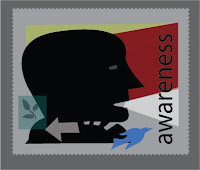
Recently, when presenting EarthSayers.tv to a prospective sponsor, the person I was talking with seemed surprised that a marketing person would be the builder of EarthSayers.tv. This person comes from the environmental movement and the idea that one would “market” sustainability is counterintuitive. Well, low awareness is low awareness. And the tools available to increase awareness are communication tools and practices. The Web is driving big changes in marketing and environmentalists need to spread the word. Our President is setting the tone with a strong collaboration and cooperation message.
The same day I was talking with the environmentalist, I ran across the Social Responsibility report of the WPP, one of the world’s largest communications services groups, employing 110,000 people working in over 2,000 offices in 106 countries. It contains a letter from the CEO, Sir Martin Sorrell, about the role of marketers in today’s world. Here are some highlights from his letter:
“So if the marketing industry has been unwittingly complicit in causing the problem, it’s now confronted with an historic opportunity: to shape and encourage consumer demand for 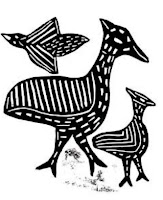 sustainable products and lifestyles; to restore the true value of durability; to reject the superfluous in products and packaging; to make much of what has passed for fashion deeply unfashionable…The Internet makes the dissemination of information and the mobilization of protest swift and virtually cost-free…we’re all too conscious that we can be credible as an advisor only if we practice what we preach.”
sustainable products and lifestyles; to restore the true value of durability; to reject the superfluous in products and packaging; to make much of what has passed for fashion deeply unfashionable…The Internet makes the dissemination of information and the mobilization of protest swift and virtually cost-free…we’re all too conscious that we can be credible as an advisor only if we practice what we preach.”
We are practicing what we preach.

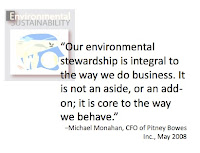
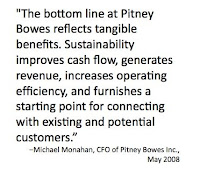
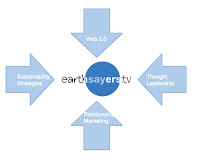


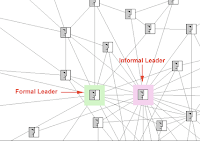
 The Institute for Open Economic Networks
The Institute for Open Economic Networks 
